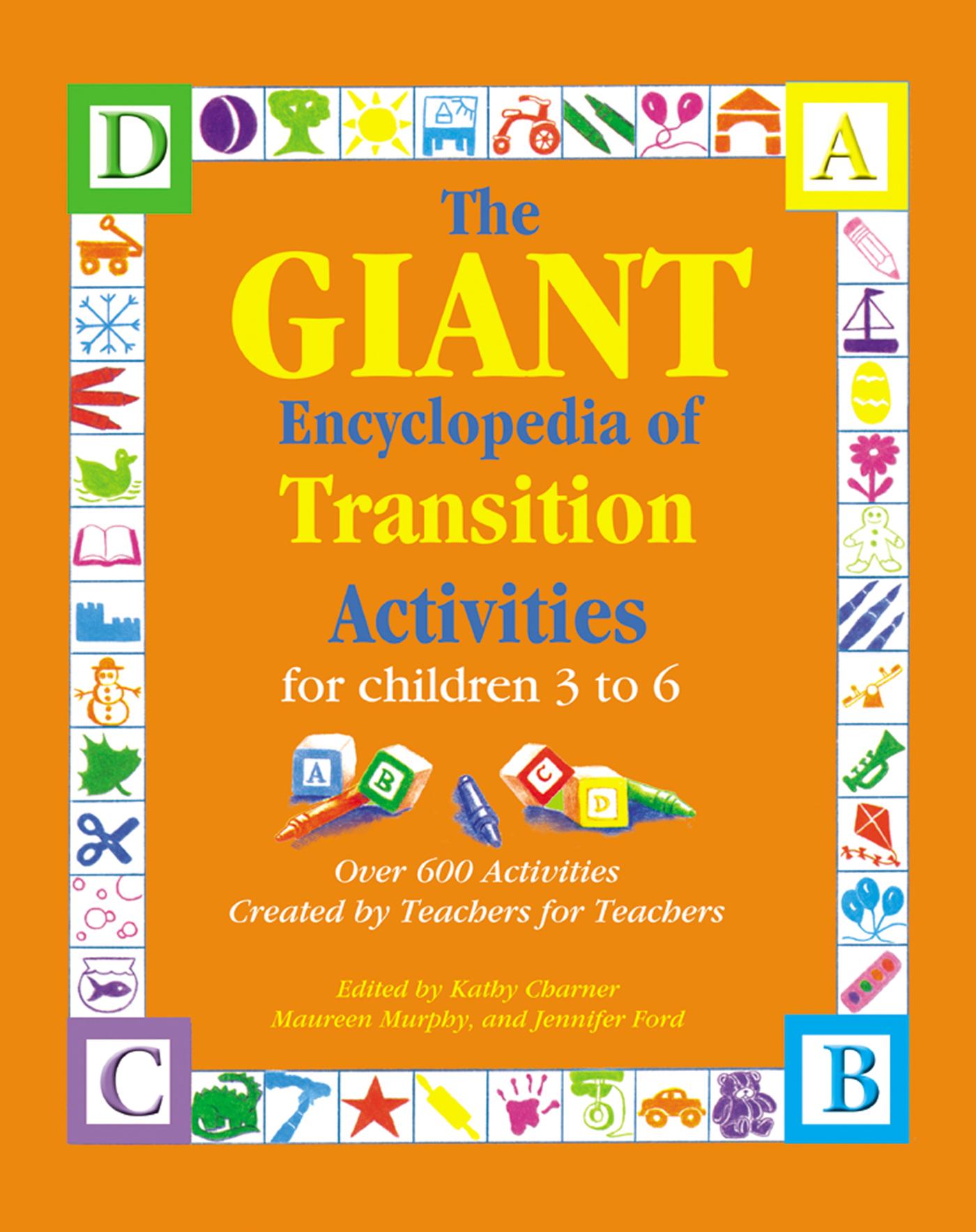Materials
1. Use the transition to snack (or meal time) or when preparing to go home at
the end of the day to foster friendship between class members.
2. Ask each child to bring someone else's lunch box, school bag, or coat when
it's time for everyone to get organized. Each child helps another get ready.
3. Comment on how happy it makes us feel when we help someone else
instead of just doing things for ourselves.
4. Continue the discussion by asking children what other helpful acts they
could do for their classmates. Write a list of the children's ideas and post it in
the room, or send it home as part of a newsletter. Older children can write
the ideas down themselves.
More to do Home-to-School Connection: Ask children what helpful acts they do at home
for their parents and/or siblings. Make charts of household tasks children can
do to send home. Parents can give children positive feedback by sending notes
to the teacher about what their children are doing at home.
Instructions
1. Demonstrate how cups, bowls, and plates can be stacked on top of one
another to create a structure or building.
2. Invite the children to use the materials to build and construct various buildings
and towers.
3. Suggest that the children to talk about the colors they are working with as they
create the buildings.
4. Encourage each child to show her finished building to a friend and name its
colors before knocking it down.
Teacher - to - Teacher Tip
l Colored plastic tableware is available at your local
discount or party store.
Assessment
To assess the children's learning, consider the
following:
l Challenge the children to work
together, taking turns to
build a structure out of
colorful plastic pieces of
tableware. Can the
children identify the colors
of the pieces of tableware they
add to the structure?
l Can the children sort the cups, plates, and bowls they used to build their
structure, according to color?
